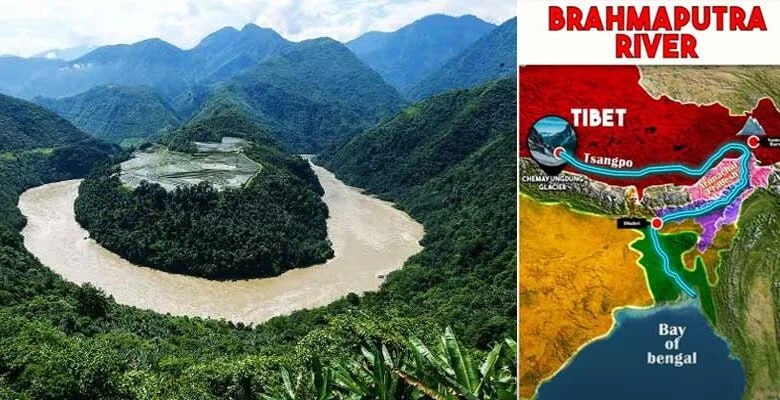India’s Planned Siyangil Hydropower Project at Rs 1.5 Lakh Crore

India is set to construct the Upper Siang Multipurpose Storage Project in Arunachal Pradesh, with an estimated investment of ₹1.5 lakh crore (approximately $18 billion). This massive hydropower initiative is expected to generate between 10 to 12 gigawatts (GW) of electricity, making it India's largest such project. It is aimed at strengthening the country’s renewable energy capacity while also serving as a strategic countermeasure to China’s hydropower activities in Tibet.
China has been advancing its own plans for a colossal 60 GW hydropower plant in Medog, Tibet, on the Yarlung Tsangpo River (which becomes the Brahmaputra in India). Indian experts fear that such a project could alter the river’s flow, either by diverting water or triggering artificial floods, posing risks to downstream areas in Arunachal Pradesh and Assam. To counter these potential threats, India's Upper Siang project will include a buffer storage capacity of around 9 billion cubic meters to regulate water flow, ensuring availability during dry seasons and mitigating flood risks during monsoons.
Beyond energy and strategic concerns, the project is expected to boost local development by creating jobs, enhancing infrastructure, and providing stable electricity to urban and rural areas. However, significant challenges remain, particularly regarding environmental and social impacts. Local communities have raised concerns about large-scale displacement, loss of farmland, and potential ecological damage. Protests have already emerged, with residents demanding more transparency and compensation. In response, the government has engaged in discussions, proposing revenue-sharing models and resettlement plans to address these grievances.
Despite the opposition, the Upper Siang project is a crucial part of India's long-term strategy for energy security and geopolitical stability. Balancing national interests with environmental sustainability and local concerns will be essential as the project moves forward.


